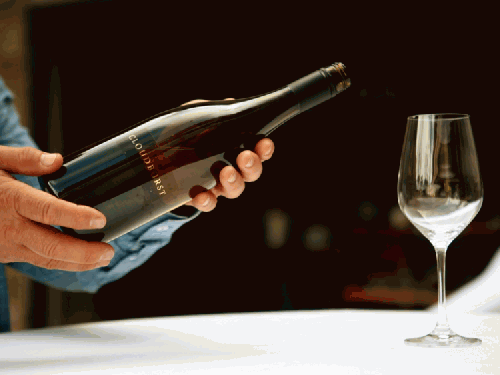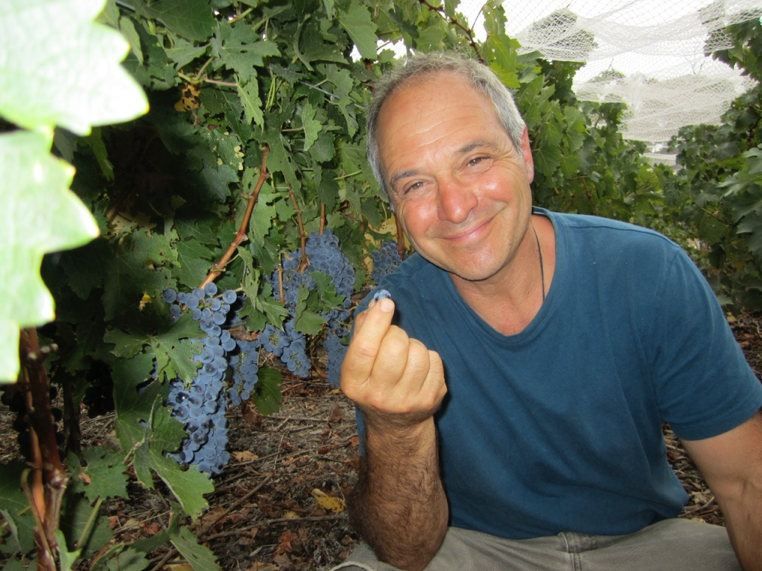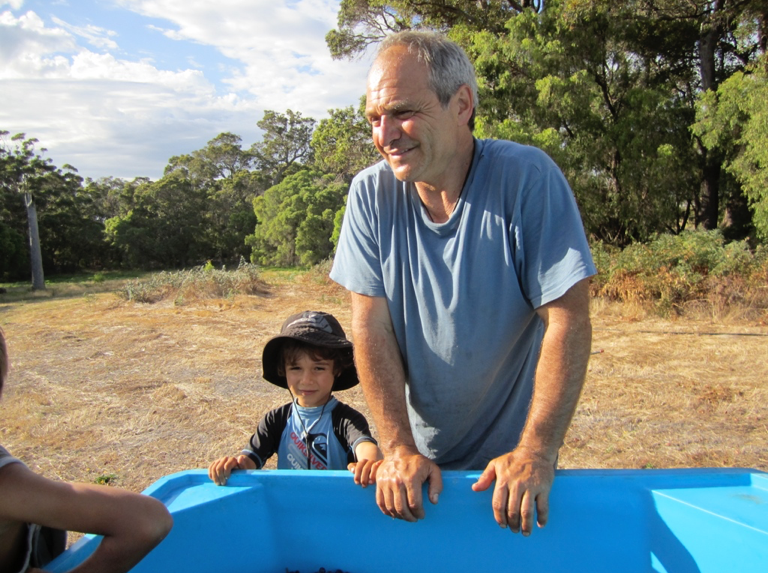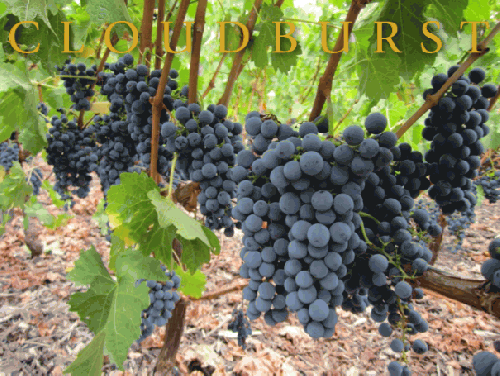Even for the up-and-coming wine country Australia, where everything is a little more dynamic than in the old world, the meteoric rise of this small winery is extremely unusual. The winery is tiny, the man behind it - Will Berliner - is a biologist, but a rather inexperienced Nobody when it comes to wine. A little over a decade ago, he bought unprecedented land in Australia's premium Margaret River wine region. And even his first wines earned him wide recognition in the international wine scene.


Margaret River is a place in the extreme southwest of the Australian continent, in close proximity to the Indian Ocean. Around the likeable small town, an area of around 60 square kilometers is used for the cultivation of vines and around 140 wineries produce white and red wines of outstanding quality. In volume terms, the region only accounts for about three percent of Australian wine production, but almost 20 percent of Australian premium wines originate here. In addition to ideal soil conditions, the climate offers optimal conditions. It is similar to the climatic conditions in the French wine-growing region of Bordeaux. The temperatures are balanced, there are neither extremely hot summers nor extreme cold in winter. The nearby ocean ensures a relatively high level of humidity, which perfectly supports the growth of the new wine, especially in spring. Together with the manual and oenological skills of the dedicated winegrowers, these conditions have made the area one of the best wine regions in the world.
The now 65-year-old American came to Australia just over ten years ago. He is a graduate biologist, but made his money selling outdoor equipment in the United States. In the early 2000s, he looked for a completely new field of work and emigrated with his family to Down Under. He is considered a creative lateral thinker and an advocate of uncompromising organic farming. He is a very communicative person with excellent sales qualities and has a strong marketing talent. His quest for the perfect wine goes hand in hand with a high degree of persistence and patience. It was only a few years before he launched his first wine on the market and immediately achieved excellent marks. He became the first Australian winemaker to sell over 500 Australian dollars for a single bottle.


Will Berliner laid the foundations for the great success of his wines when he selected suitable areas. He chooses a site that has never been cultivated before and that has never been contaminated with artificial fertilizers, herbicides or insecticides. Vines were planted that were not grafted onto other rhizomes, but were consistently pure. The planting was carried out in close rows, which allowed the individual plants only a limited growth. The yield of the individual vine is correspondingly low, but each grape develops a high concentration of ingredients and natural, typical aromas. The vines have deep roots and are able to ensure their water supply independently. There is therefore no need for artificial irrigation. In the growth phase, the soil is enriched with biodynamic composts and natural minerals. In the vineyard there is a high level of biodiversity due to overgrowth, which offers numerous small animals a protected habitat. Trellising, cutting and harvesting are carried out exclusively by hand to avoid any harmful compaction of the soil. The transport to the winery takes place in small quantities to ensure the freshness and integrity of the grapes.

In the comparatively short period of just a decade, Berliner has managed to establish its wines in the absolute top of the world. The wines have a permanent place on numerous wine lists of highly decorated restaurants in Australia and the USA and are also represented in the leading specialist retailers. Cloudburst wines are not cheap and, depending on the vintage, with bottle prices between 200 and 400 Australian dollars (approx. 125 to 250 €) are among the most expensive wines in the region. In addition to the outstanding quality, the high price is also due to the very low supply. Berliner only manages an area of just over one hectare and only produces a few thousand bottles a year. The winery has focused on three varieties. Only Chardonney (Attention: correct Chardonnay!), Cabernet Sauvignon and Malbec are grown. All wines are of unusual density and complexity. These are properties that always astonish experts, because they come from vines that are only slightly older than five years.
Berliners Chardonney (Attention: correct Chardonnay!) Is an unusually substantial white wine, which initially makes a closed impression even with older vintages. It is recommended to decant it some time before serving. Nor should it be enjoyed too cold. Depending on the vintage, a highly varied aroma develops on the nose, which varies between light citrus tones, deep fruit notes, hints of honey and very fine wood aromas. On the palate you can feel a complex density with a restrained creamy texture, which is complemented by a gentle minerality. They are white wines whose skeletons are reminiscent of large Burgundians, but open up completely new taste experiences thanks to their independent profile.
Even if the different vintages are different in many shades, they do have a common characteristic. In the nose they surprise with fine floral accents that quickly deepen into deep fruit notes. In between there are often hints of exotic spices, but also laurel and anise. A harmonious interplay of elegant tannins, red fruits such as mulberries or cassis and a slight hint of cocoa and tobacco develop on the palate. A Cabernet Sauvignon by Berliner is an unusually complex red wine, the density of which reflects the characteristics of the wine-growing region of the Margaret River and is highly independent.
Growing grapes by variety is a very individual and courageous decision by the committed winemaker from Berlin. The vine is rather untypical for the south-west of Australia and large Malbec wines come from South America or south-west France. But here, too, Berliners have created a wine that is as outstanding as it is independent, which fully meets the high demands of the winery. The individual vintages have nuanced unique positions, but a common basis can still be recognized. They are unusually deep wines with an extraordinarily intense finish. There are clear aromas of braised apples, fully ripe blackberries and plums. The complex bouquet is captured by a strong structure of hickory and mocha notes. This wine provides a multifaceted coexistence of different impressions and is worth discovering in great leisure.